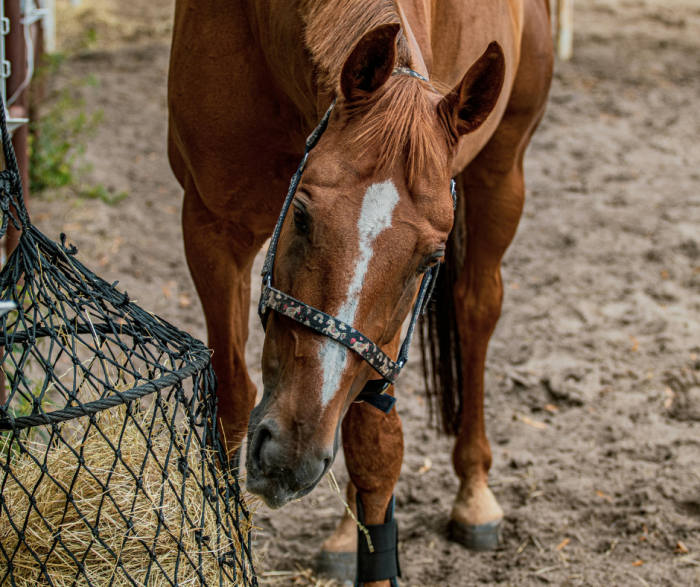
For horse owners who live in sandy regions or have dry paddocks, sand colic is one of the most common and preventable digestive problems. Sand colic can occur when a horse accidentally ingests sand or dirt, and it builds up in the intestines, leading to irritation, blockage, and painful, often deadly colic episodes. Recognizing the signs of sand colic early and taking preventive steps can make all the difference in keeping your horse healthy and comfortable.
What Is Sand Colic?
Sand colic happens when a horse eats sand, grit, or soil - often while grazing short grass or eating hay off the ground in sandy areas. The sand settles in the large colon or cecum, where it disrupts normal digestion and causes inflammation. Over time, this accumulation can lead to irritation, impaction, or even intestinal twisting.
While a small amount of sand may pass naturally, continuous exposure can cause a dangerous buildup. Horses in coastal regions or dry, sandy paddocks are especially at risk.
Common Causes of Sand Colic
- Feeding on sandy or dirt surfaces: Horses pick up sand as they eat dropped feed or hay.
- Overgrazed pastures: Short grass forces horses to graze closer to the soil.
- Dry lots or arenas: Horses confined to sandy areas may ingest sand while playing or pawing.
- Boredom or mineral deficiency: Some horses eat dirt out of habit or to supplement missing nutrients.
Sand Colic Symptoms to Watch For
Sand colic can appear gradually or suddenly. Look for these warning signs:
- Intermittent or recurring mild colic
- Diarrhea or loose, watery bowel movements
- Weight loss or poor body condition
- Reduced appetite or dull attitude
- Decreased bowel movement output
- Severe abdominal pain or rolling in advanced cases
Preventing Sand Colic
The following tips can help protect your horse from sand colic:
- Feed hay and grain off the ground using rubber mats or feeders.
- Avoid overgrazed pastures and rotate turnout areas to maintain grass cover.
- Offer free-choice salt and balanced minerals to discourage dirt-eating.
- Ensure regular exercise and turnout to keep the gut moving.
Sand colic is preventable with good feeding habits and awareness. Regularly monitor your horse's environment and manure, especially if you live in a sandy area. Early action can save both your horse's health and life!
Having a product like SayWho! to Horse Colic on hand is important - if your horse shows any signs of sand colic, you can give it to your horse to promote the normal flow of digestion.

